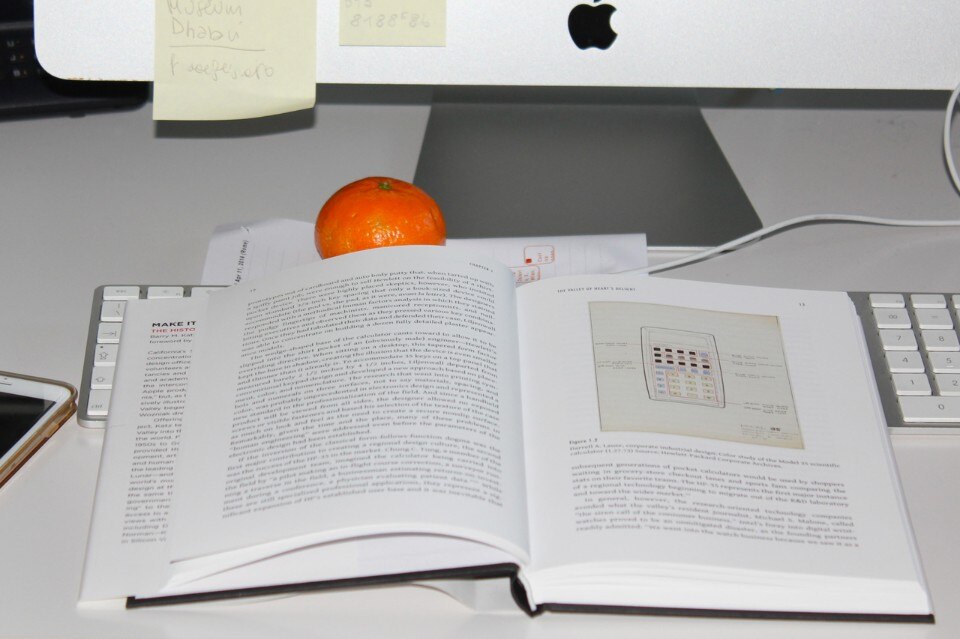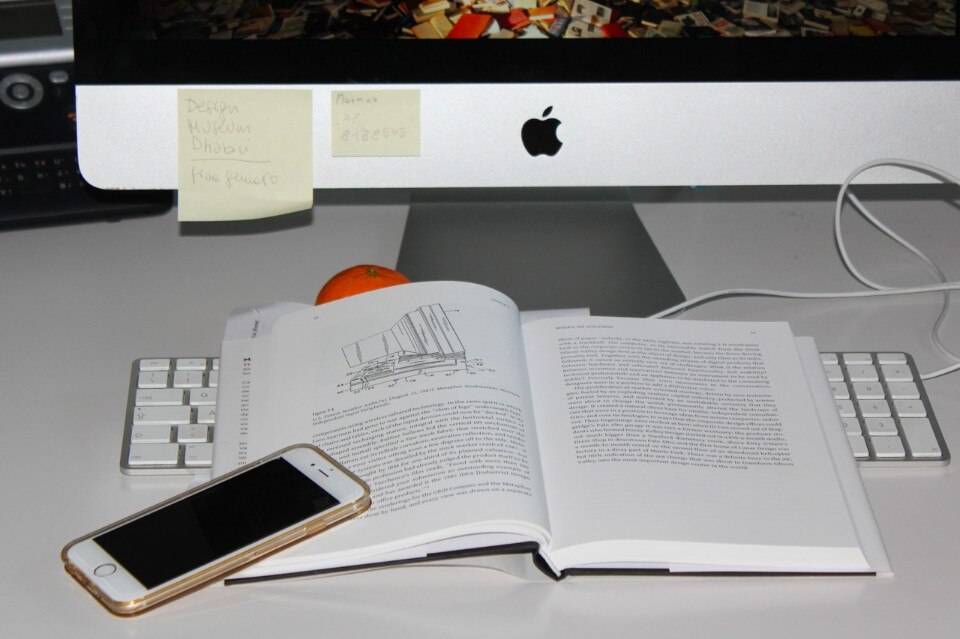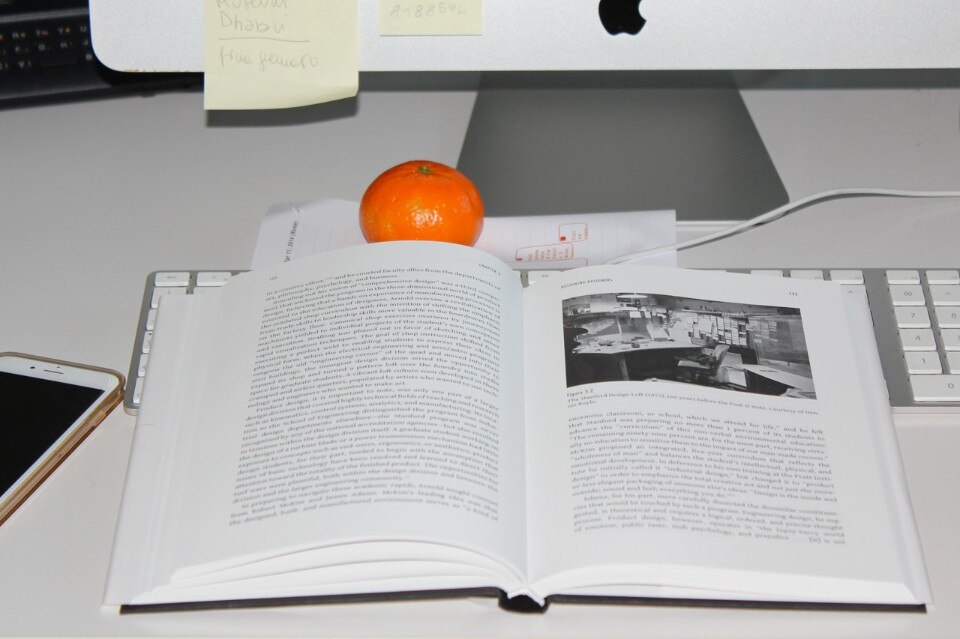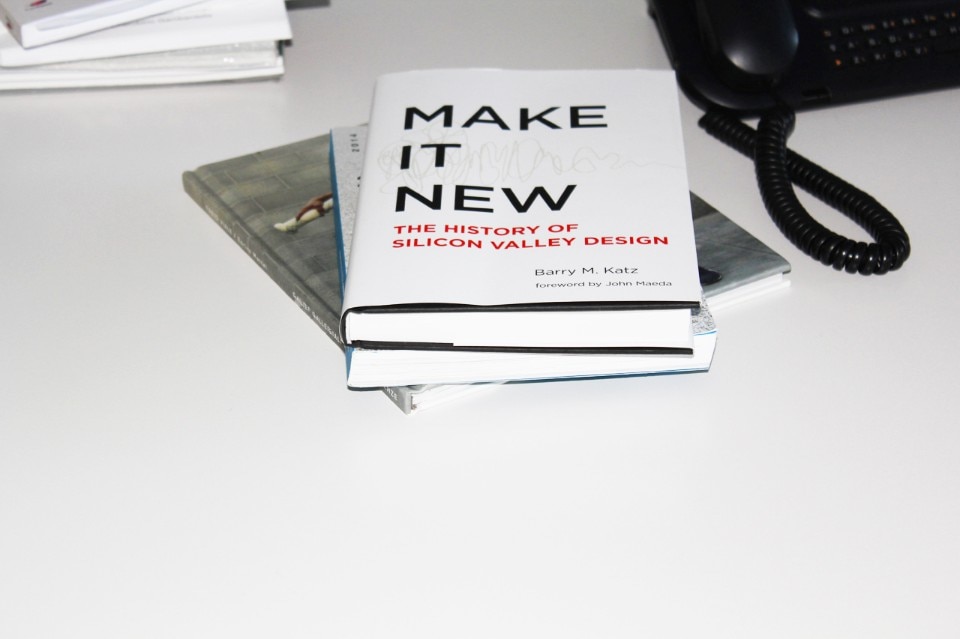MIT Press recently published a Barry M. Katz book, with a foreword by John Maeda, reconstructing the unique story of the formation and development of the social and cultural system with the world’s highest designer density.
The author of the well-researched and original essay on the history of Silicon Valley design refers in the title to Confucius’ invitation to “day by day renew”, seeing it as a concise image of the spirit that drives the Californian community with the highest technology levels on the planet. Barry Katz is a professor of industrial and interaction design at the California College of the Arts in San Francisco and the author of fascinating insights into the evolution of design thinking, published in Change by Design and NonObject. He traces the history of the role design has played and continues to play as a link between research and development, between aesthetic and logistics, and between the technical performance and human conduct that have forged this “ecosystem of innovation”.





